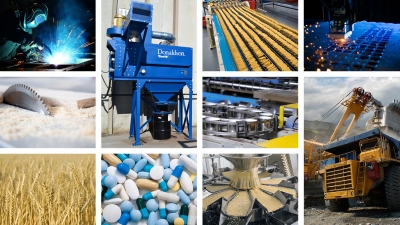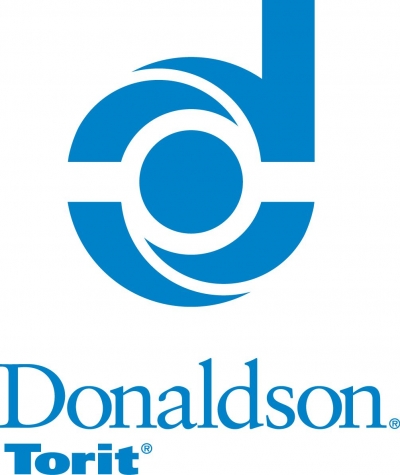The 5 Major Steps of DHA
In manufacturing facilities that generate or handle dust, it’s an important responsibility to manage combustion risks as there is the potential for a fire or explosion. It’s essential to have a comprehensive plan to manage and mitigate that potential risk. Once you have identified your combustible dust and process risks, you should evaluate your strategies and equipment to determine how to best mitigate those risks. The DHA process helps address these risks early and may help reduce the likelihood and consequences of a combustion event. By knowing what your combustible dust is, where it occurs, and how to mitigate the risks it presents, you can develop a mitigation strategy that supports new growth opportunities.
In many cases, employers and employees are unaware a hazard even exists before it’s too late, so it’s critical to identify the possible risks in your facility and have a comprehensive plan to address and mitigate these perils to prevent any potential tragic consequences and for the long-term safety of your plant.
Chrissy Klocker, an experienced applications engineering manager from Donaldson, will go through the five steps of a DHA (Dust Hazard Analysis) to help you start preparing for the process. By the end of the webinar, you will be equipped with information to determine and document combustible dust risks and hazards in your plant, understand required industry standards and codes (NFPA and ICC), identify actions to start mitigating the threats, create a risk management plan, execute actions by risk level and modify your plan to keep a living DHA record for your facility.
The information and insights that Chrissy shares will enable you and your team maintain a safe work environment and meet the required combustible dust safety standards. Please join us to learn more. Thank you.
Presented by

Chrissy Klocker ,
Applications Engineering Manager
Chrissy Klocker is the Applications Engineering Manager with Donaldson Company's Industrial Air Filtration business unit in Minneapolis, Minnesota. She has more than a decade of experience helping customers with technical and application guidance specific to the dust collection industry.
For the past seven years, she has instructed at the Industrial Ventilation Conference in Lansing, Mich., where she also serves on the conference planning committee.
Ms. Klocker holds a B.S. in Civil Engineering from North Dakota State University, and a Master's of Business Communication from the University of St. Thomas in St. Paul, Minnesota.

While we're dedicated to building the world's finest dust collectors our real goal is to provide our customers with comprehensive dust collection solutions. From the initial process audit and installation, through an unparalleled aftermarket inventory and Technical Support, we're with you every step of the way.





